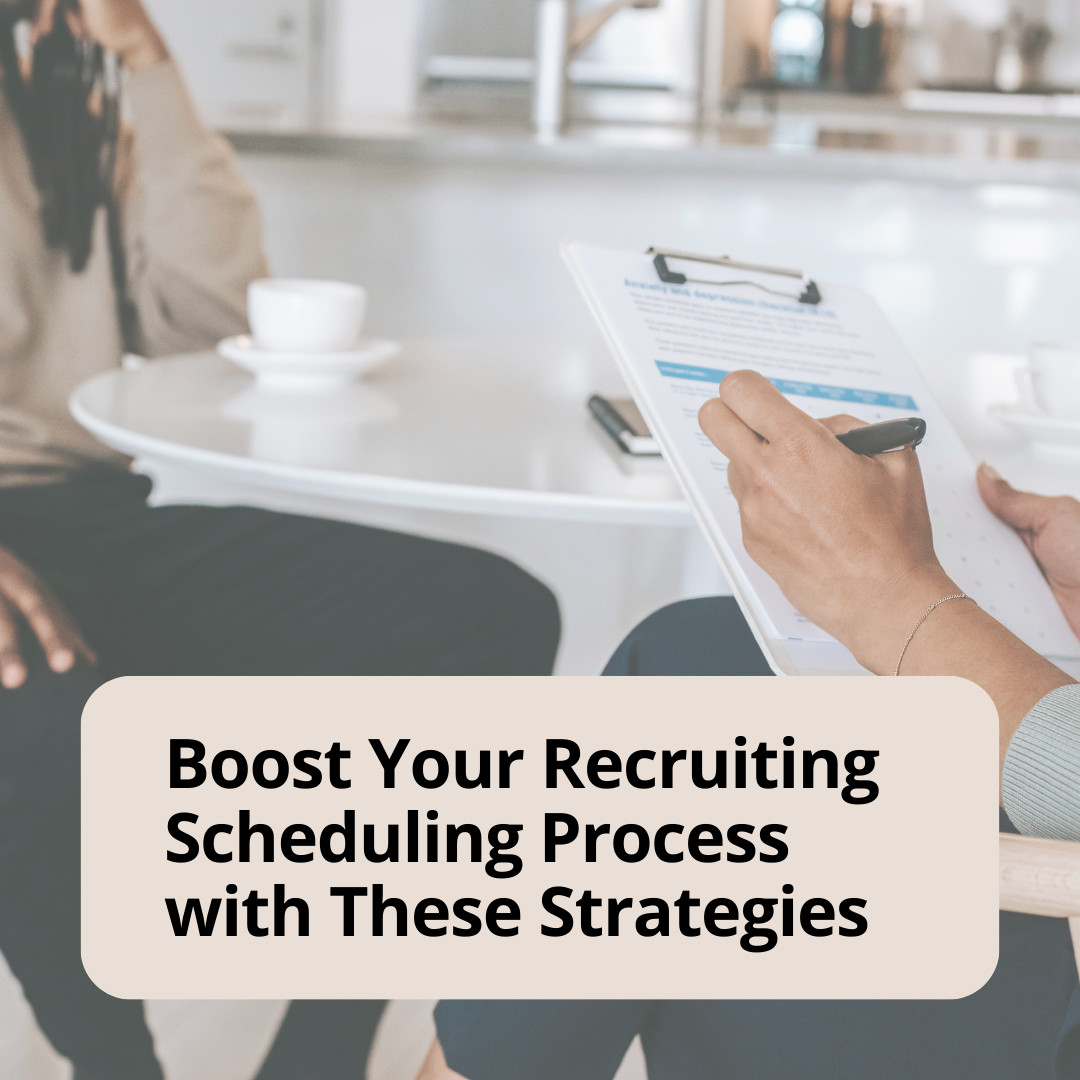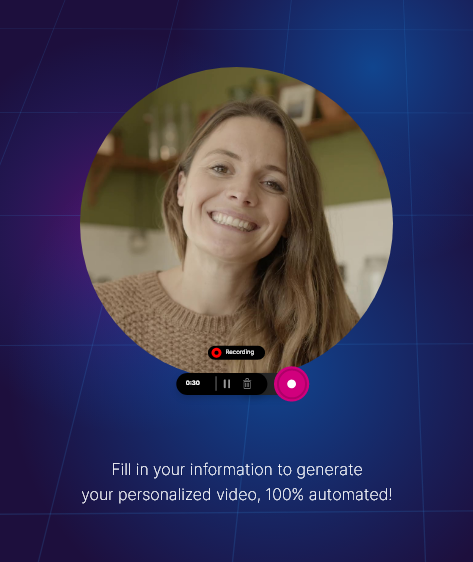Finding quality leads efficiently is one of the biggest achievements you can unlock in B2B sales, and LinkedIn Sales Navigator often promises exactly that. Yet, countless users have walked away frustrated, feeling it’s too confusing or simply not worth the investment. Does Sales Navigator really live up to the hype? And if so, how can you bypass the clutter and build targeted prospect lists that actually move the needle for your business?
Based on the original video:
Why Most Sales Navigator Users Feel Stuck
Sales Navigator is often marketed as the ultimate engine for prospecting and outbound sales. But, if you’re like many, you may have experienced underwhelming results after sifting through endless filter options, only to generate bland lists that fail to convert.
Despite these frustrations, there’s a dedicated group of power users swearing by Sales Navigator’s ability to transform their outbound campaigns. The real difference lies in how you filter and extract data. By leveraging advanced techniques, you can reveal laser-targeted segments that turn mediocre lists into highly valuable lead sources.
Unveiling the Secret: GPT-Powered Lead Generation with Sales Navigator
The video’s expert, Alex Burman, shares a breakthrough approach: combining ChatGPT prompts with Sales Navigator to uncover massive, overlooked lists of prospects tailored to any B2B offer. The process doesn’t require coding skills or expensive tools—just creativity and a clever prompt.
Let’s break down the steps and the logic behind this game-changing method.
1. The Power of the Right Prompt
Alex’s method starts with a carefully designed GPT prompt:
- The prompt positions GPT as a B2B copywriter skilled in extracting high-converting ICP (Ideal Customer Profile) segments from messy or unclear landing pages.
- It instructs GPT to infer the target market using only the website (or even LinkedIn profile) content provided—even if the ICP isn’t stated outright.
- The output asks for job title, company size, LinkedIn boolean text, and relevant search filters, presented in a structured format optimized for Sales Navigator searches.
2. Turning Any Website or Profile Into Actionable Search Terms
Here’s how the workflow looks in real use:
- Visit the company’s landing page, a competitor, or even an influencer profile.
- Save the page as a PDF, or simply copy-paste the website URL or offer description.
- Paste the information into ChatGPT, using the specialized prompt.
- Within seconds, the AI produces an optimized boolean search—including filters for job title, company size, and industry—that can be copied directly into Sales Navigator.
This isn’t just a gimmick. When you paste the GPT-generated boolean text into the Sales Navigator filters, you’ll often see tens or hundreds of thousands of highly relevant leads—segments that more generic searches miss entirely. For example, analyzing a B2B agency’s site generated 56,000 targeted leads in moments.
Real-World Examples: From Landing Pages to Precise Boolean Searches
To illustrate the versatility of this method, Alex demonstrates several examples. Whether you’re targeting SaaS decision-makers or niche B2B buyers, the workflow adapts:
- Feeding in a random B2B website results in detailed boolean filters for job roles and company sizes aligned with the site’s audience, pulling up tens of thousands of matches.
- Pasting a prominent entrepreneur’s LinkedIn profile lets the GPT infer relevant target audiences, again surfacing contactable prospects in minutes.
- Even hypothetical offers — like “sports cars for dogs” — yield a creative, precise target customer description (“buyers at premium pet retailers”), quickly producing a viable lead list.
Whether your input is a real-world SaaS, a personal brand, or a niche e-commerce angle, this approach helps you uncover high-potential audiences at scale.

Building and Validating Massive Lead Lists—Fast
Once you receive your custom search string, paste it into Sales Navigator’s search bar. The results? Frequently, six-figure numbers of prospects you’d likely never surface with traditional filter tweaking. For example, referencing a competitor’s landing page may reveal 56,000 ideal contacts, while analyzing an audience research platform’s site generated over 280,000 targeted leads.
This kind of hyper-personalized, context-driven targeting helps you:
- Uncover untouched market segments
- Build lists that match the real buyer intent tied to your offer
- Speed up prospecting while radically improving match quality
Custom GPT for Even More Automation
After seeing just how powerful this approach is, Alex automated the prompt into a custom GPT so you don’t have to build the workflow from scratch every time. Just input your URL or offer description and let the AI take care of segment extraction and search formatting.
This automation is a major step forward for sales teams and solopreneurs who want to move from manual research to automated, personalized prospecting at scale.

Why the GPT Method Works: Key Advantages Over Traditional Filtering
Let’s examine why AI-assisted lead generation is a leap ahead of standard Sales Navigator filter grinding:
- Contextual ICP Creation: GPT infers the true buyer persona from copy, not just explicit job titles—picking up on nuanced markets or emerging job functions.
- Precision at Scale: By turning vague offers or sketchy landing pages into structured, boolean-ready outputs, you avoid generic lists and reach the heart of your market.
- Massive Time Savings: No more trial-and-error with nested filters; instant, optimized searches let you focus on outreach, not research.
For sales professionals, founders, and marketers who depend on high-quality outbound, the payoff is enormous: access to more leads tailored to the way prospects actually think about themselves—not just what a platform’s database thinks their job should be called.
Boosting Your Outreach with High-Quality Data
As your lists become more hyper-targeted, response rates rise. Personalized approaches—from cold email sequences to multichannel campaigns—are far more effective when your inputs reflect precise ICPs. If you’re looking to further strengthen your approach, integrating AI-driven lead scoring into your outbound campaigns can amortize these results and help you prioritize the best-fit opportunities from your broad, AI-generated lists.
Adapting the Method to Any Offer or Context
The underlying insight is simple yet powerful: every business—no matter how specific—has an identifiable customer profile, even if it’s not spelled out on their website. AI’s ability to extrapolate context and suggest segment definitions lets you:
- Reverse-engineer a competitor’s prospect lists
- Define new target audiences for launches or specialized offers
- Uncover untapped niches for cross-selling or partnerships
This also addresses a classic conundrum: “What if my offer doesn’t fit standard categories?” Plug your value proposition into GPT, and odds are, it will still deduce relevant verticals, buyer roles, and company scales to target in Sales Navigator.
Tips for Maximizing Your Search Impact
- Tweak and Refine: Use the AI’s suggestions as a starting point. The more specific your landing page or offer description, the better the results.
- Test Multiple Angles: Try various competitor sites or value props to surface unique prospect pools or cross-market opportunities.
- Validate With Outreach: Once built, test your list’s effectiveness through email, LinkedIn messages, or even cold calling. Use response data to refine future prompts and ICPs.

How to Get Started With GPT-Driven Sales Navigator Searches
To implement this system in your business:
- Identify your target market (your own offer or a competitor’s site)
- Save site content as a PDF or copy the full URL
- Enter it into ChatGPT with the structured sales filter prompt
- Paste the AI output directly into Sales Navigator and review the prospect list
- Adapt the boolean filters as needed for even tighter targeting
Iterate as your campaigns evolve—adjust input descriptions and experiment with new segments to keep your lists fresh and relevant.
Key Takeaways
- Sales Navigator’s filtering is powerful, but only if you know your ICP—and how to express it in boolean logic
- Combining GPT with Sales Navigator allows even non-experts to generate huge, high-fit lead lists fast
- AI-driven segmentation produces more actionable, relevant results than generic platform-suggested lists
- This approach massively increases the ROI of outbound sales and streamlines otherwise tedious research
Considering Cost and Value of Sales Navigator
If you’re evaluating whether Sales Navigator is worth the investment, remember that its true power is unlocked when used strategically—by matching advanced AI methods with built-in search tools. For a more detailed look, this comprehensive guide to LinkedIn Sales Navigator cost and value explains pricing, tiers, and the ROI you can expect when using methods like the one shown above.
FAQ: AI and LinkedIn Sales Navigator Optimization
How does using GPT improve Sales Navigator search results?
GPT can analyze landing pages, websites, or LinkedIn profiles to infer ideal customer characteristics, then translate those into precise, actionable boolean filters for Sales Navigator. This produces more relevant, higher-quality lists than manual filtering alone.
What kind of inputs work best for generating lead segments?
The richer the input—the more detailed the landing page, website, or even plain-text offer description—the more accurate and insightful the AI output will be. Even vague or niche descriptions can be transformed into viable segments.
Can this method work for any industry or offer?
Yes, the cross-domain capability of GPT means it can map out ICPs for nearly any business type—from SaaS to agency to e-commerce and even highly specialized or creative product categories.
Do I need technical expertise to implement this workflow?
No coding skills are required. The method relies on copy-pasting text into ChatGPT and then transferring the AI’s output into Sales Navigator—making it accessible to anyone familiar with standard sales tools.
What’s the main value of AI-driven Sales Navigator searches?
This approach uncovers overlooked lead segments, saves hours on manual research, and maximizes the value of LinkedIn’s sales platform by ensuring your outreach is tightly aligned with high-conversion targets.









